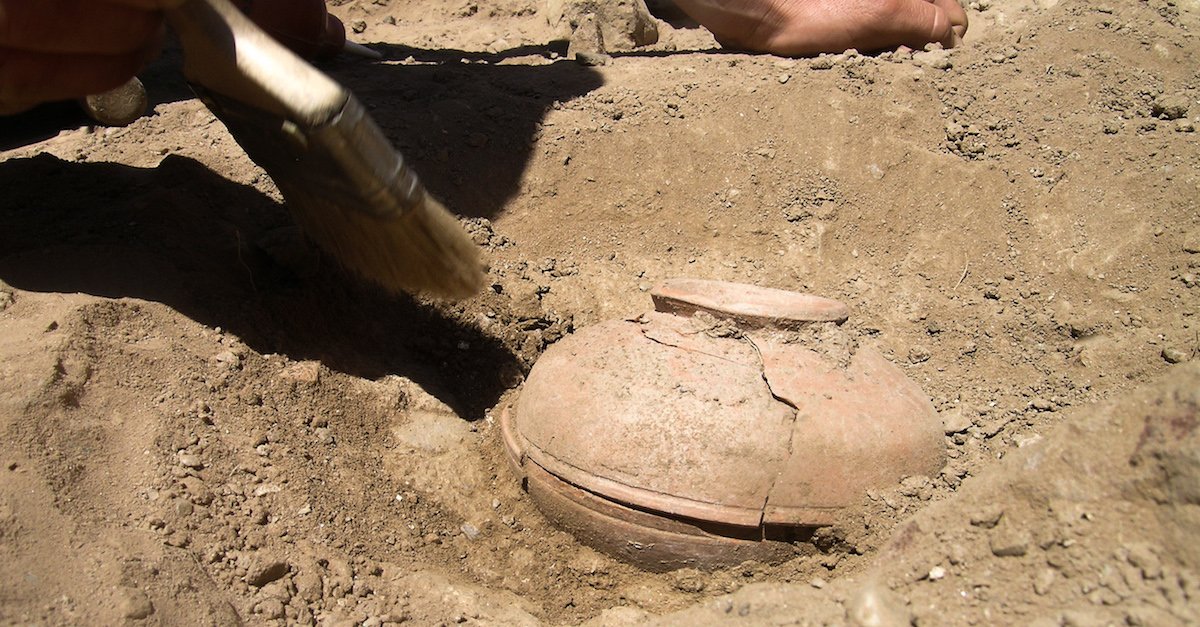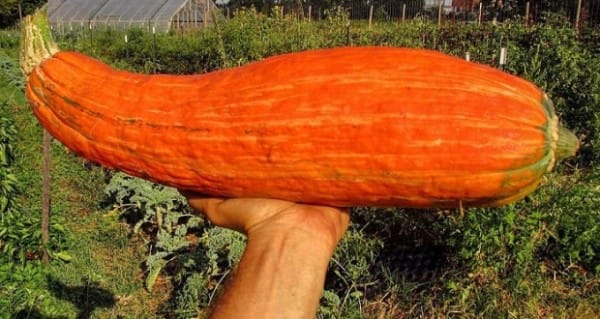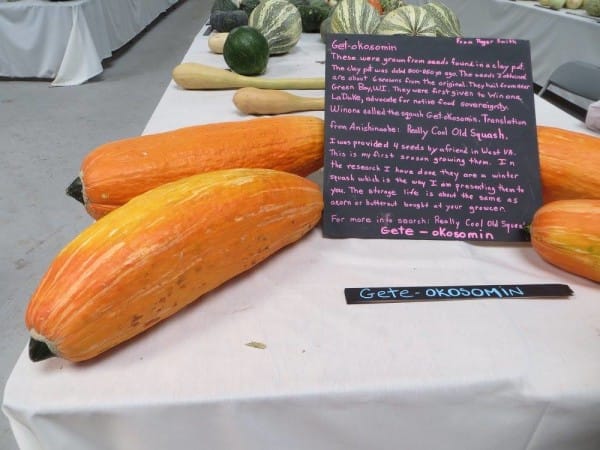In 2008, archaeologists at the First Nation’s Menominee Reservation in Wisconsin made an unexpected discovery that would change the history.
What they discovered was a tiny clay vessel – about the size of a tennis ball.
After carbon-dating, they found that the pot was about 800 years old.
Inside this vessel, which was probably used to store food supplies, archaeologists found seeds that were determined to be from an extinct species of squash. This type of squash are presumed to be grown by native people in North America for hundreds of years.
[rsnippet id=”4″ name=”DFP/34009881/Article_1″][rsnippet name=”universal-likebox” multi-site=”true”]
Then, the seeds were given to a group of students at the Canadian mennonite University in Winnipeg, who tested the viability of the seeds. Guess what happened?
It turned out that the 800-year-old seeds were actually viable. After planting the seeds, everyone was amazed. Something actually grew!
This squash is named Gete-okosomin. It literally means “Big Old Squash,” or “Really Cool Old Squash” in the Menominee language. In fact, the largest squash grown from the seeds was about 3 feet, and weighed 18 pounds. The color of the squash is bright orange, and the lighter shades of stripes are visible. While the surface of the squash is a bit bumpy, it is rich in both texture and taste.
[rsnippet id=”5″ name=”DFP/34009881/Article_2″]
The fact that centuries-old seeds were viable is not the only exciting part of this story. The successful cultivation of Gete-okosomin reminds us that a variety of plants existed, and that only a fraction of those survived.
This discovery shows us that our agricultural knowledge may be significantly limited – as many species probably didn’t make it to the modern era. Through this amazing discovery and cultivation, we are able to learn more about the agricultural practices of those who lived before us.
Have you ever seen Gete-okosomin? If you did, please comment below, and SHARE this post with your friends and family about this this amazing discovery of a 800-year-old seed!
[rsnippet id=”6″ name=”DFP/34009881/Article_3″]





